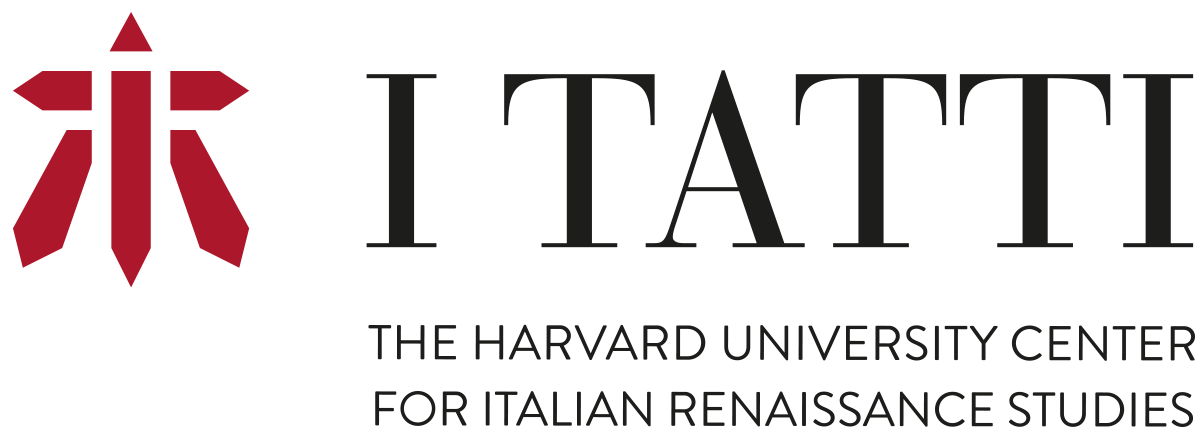Caroline van Eck
The Anthropology of Zoomorphism in Renaissance Florence
2025-2026 (February)

Biography
Caroline van Eck FBA is Professor of Art History in Cambridge and a Fellow of King's College. Before joining the Department in Cambridge in 2016 she taught in Ghent, Groningen, Leiden, Yale and York. She has been a Visiting Professor at I Tatti, the Scuola Normale in Pisa, the Ecole Normale in Paris, and the Zentralinstitut für Kunstgeschichte in Munich. Recent publications include Piranesi's Candelabra and the Revival of the Past. Excessive Objects and the Emergence of Style in the Age of Neoclassicism. Oxford and New York: Oxford University Press, 2023; 'Notes on the prehistory of camouflage as a cultural technique', W86th 30/1 (2023), pp. 3-28'From Nineveh to Pergamon and back: Animal hybrids in German historiography of the nineteenth century' RES: Anthropology and Aesthetics, autumn 2024; and 'Animal-Shaped Masks in 16th-century Italian Sculpture, Architecture and Armour: an anthropological perspective', 21: Inquiries into Art, History, and the Visual 3 (2024), pp. 1–65.
Project Summary
Pictorial mimesis is generally considered in Renaissance artistic theory as a representation of visible reality whose vivid lifelikeness is an important instrument of persuasion. But there were dissident views, and according to one of them, pictorial mimesis is a deceptive disguise of the canvas, sometimes considered as a form of play, sometimes as masquerade. The arts according to this view do not depict or reveal, but mask, disguise, and set visual traps for the viewer. Early instances of such views can be found in the entourage of Donatello and become more frequent in the sixteenth century, with statements by Varchi, Tasso, Ripa, and many others. The few existing discussions of these views consider them as an issue in artistic theory, and as a prefiguration of the baroque aesthetics of inganno dell'occhio. Deceit, however, is not an exclusively human ability. Animals also possess it. They are capable of cunning and dissimulation. Aristotle and other Greek zoologists discussed animal deception and masquerade, as for instance in mimicry, as part of a wide spectrum of imitative behaviour, shared by human and non-human animals, who are all, to a different degree, capable of deceit by means of imitation resulting in masquerade. Thus, the octopus and the chameleon are constantly held up as models for adaptive changes of appearance that deceive the viewer. This project reconstructs the biological and anthropological aspects of the view that pictorial mimesis is a deceptive disguise, and its ramifications in 16th-century artistic theory and practice, looking in particular at the idea, formulated by Leon Battista Alberti in Momus and the Intercoenales, as well as by Giovanni Pico della Mirandola in his Oratio de dignitate hominis, that masquerade is a defining feature of the human condition.
